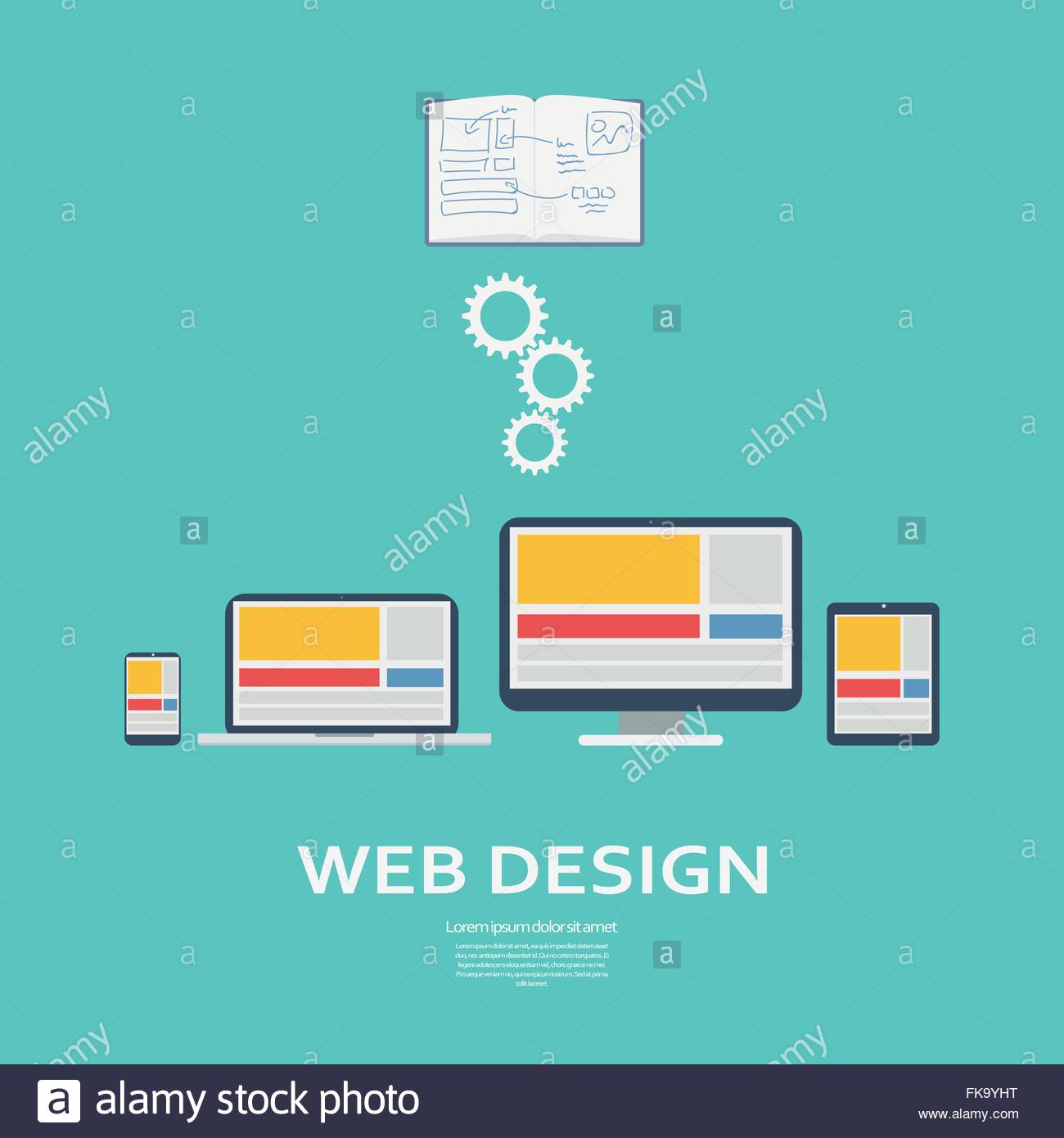The Makeover Of Online Operatings Systems: A Trip With Time
The Makeover Of Online Operatings Systems: A Trip With Time
Blog Article
Short Article Produced By-Dalrymple Cantu
In the past, sites were basic and focused on info. Navigating was straight, and design was for desktop computers. Currently, user experience is essential. Data guides styles for simple navigating. Receptive layouts fit various devices. Today, dark mode reduces stress, and minimal menus improve navigating. Interactive functions involve individuals, and bold visuals stick out. AI combination improves interaction. See exactly how design has actually evolved to improve your online journey.
Very Early Days of Website Design
In the very early days of web design, simpleness reigned supreme. Websites were fundamental, with restricted colors, font styles, and layouts. Highly recommended Website got on offering info rather than fancy visuals. https://dominickezuoj.weblogco.com/29946146/looking-to-boost-your-brand-name-s-presence-on-the-web-discover-the-key-to-achieving-success-in-digital-marketing-through-professional-solutions-that-can-transform-your-business accessed the web through sluggish dial-up links, so speed and performance were key.
Navigating food selections were straightforward, usually located at the top or side of the page. Internet sites were designed for home computer, as mobile browsing had not been yet prevalent. Content was king, and designers focused on simple readability over complicated style aspects.
HTML was the primary coding language made use of, and designers had to function within its restrictions. Computer animations and interactive features were minimal compared to today's standards. Websites were fixed, with little dynamic material or tailored user experiences.
Rise of User-Focused Layout
With the evolution of web site design, a shift in the direction of user-focused layout principles has actually become significantly popular. Today, creating internet sites that prioritize customer experience is vital for engaging site visitors and achieving business goals. User-focused style involves comprehending the requirements, choices, and actions of your target audience to tailor the web site's layout, content, and features appropriately.
Developers currently carry out detailed research study, such as customer studies and functionality testing, to gather understandings and feedback directly from users. This data-driven strategy aids in developing instinctive navigating, clear calls-to-action, and aesthetically enticing interfaces that reverberate with visitors. By positioning the individual at the facility of the layout process, sites can provide an extra tailored and satisfying experience.
Receptive design has likewise become a crucial facet of user-focused layout, ensuring that internet sites are maximized for various devices and screen sizes. This versatility improves availability and use, satisfying the varied methods individuals engage with sites today. Essentially, the increase of user-focused layout signifies a shift in the direction of developing electronic experiences that prioritize the requirements and expectations of the end customer.
Modern Trends in Website Design
Check out the most up to date trends forming web design today. One noticeable trend is dark mode style, offering a sleek and modern look while lowering eye pressure in low-light environments. An additional key trend is minimal navigation, streamlining food selections and improving individual experience by focusing on essential elements. Integrating micro-interactions, such as animated switches or scrolling impacts, can develop an extra engaging and interactive internet site. Receptive layout stays crucial, making certain smooth user experiences across various tools. In addition, using strong typography and asymmetrical designs can add visual rate of interest and draw attention to details web content.
Incorporating AI technology, like chatbots for client assistance or individualized referrals, enhances user engagement and enhances procedures. Availability has also end up being a substantial trend, with designers focusing on comprehensive design methods to cater to varied individual demands. Embracing sustainability by maximizing website performance for speed and performance is another emerging trend in website design. Working together with user feedback and data analytics to iterate and enhance design constantly is vital for remaining appropriate in the ever-evolving digital landscape. By accepting these contemporary trends, you can create an aesthetically enticing, user-friendly web site that reverberates with your target market.
Conclusion
As you assess the development of internet site design from the very early days to now, you can see exactly how user-focused design has actually come to be the driving force behind modern-day patterns.
Embrace the journey of adjustment and adaptation in web design, constantly keeping the user experience at the center.
Remain existing with the most recent trends and innovations, and never quit advancing your technique to produce visually magnificent and easy to use sites.
Progress, adapt, and produce - the future of website design is in your hands.
